




For 50 years, the OECD has been dedicated to protecting health and the environment by promoting chemical safety worldwide. Modern life without chemicals would be inconceivable; chemicals are part of our daily life. The polymers and other substances that make up plastics are all chemicals. Therefore, the tools and approaches that have been developed for chemical assessment and management can be used in the context of plastics ‘ingredients’. This brochure presents examples of OECD work on chemicals relevant to plastics.
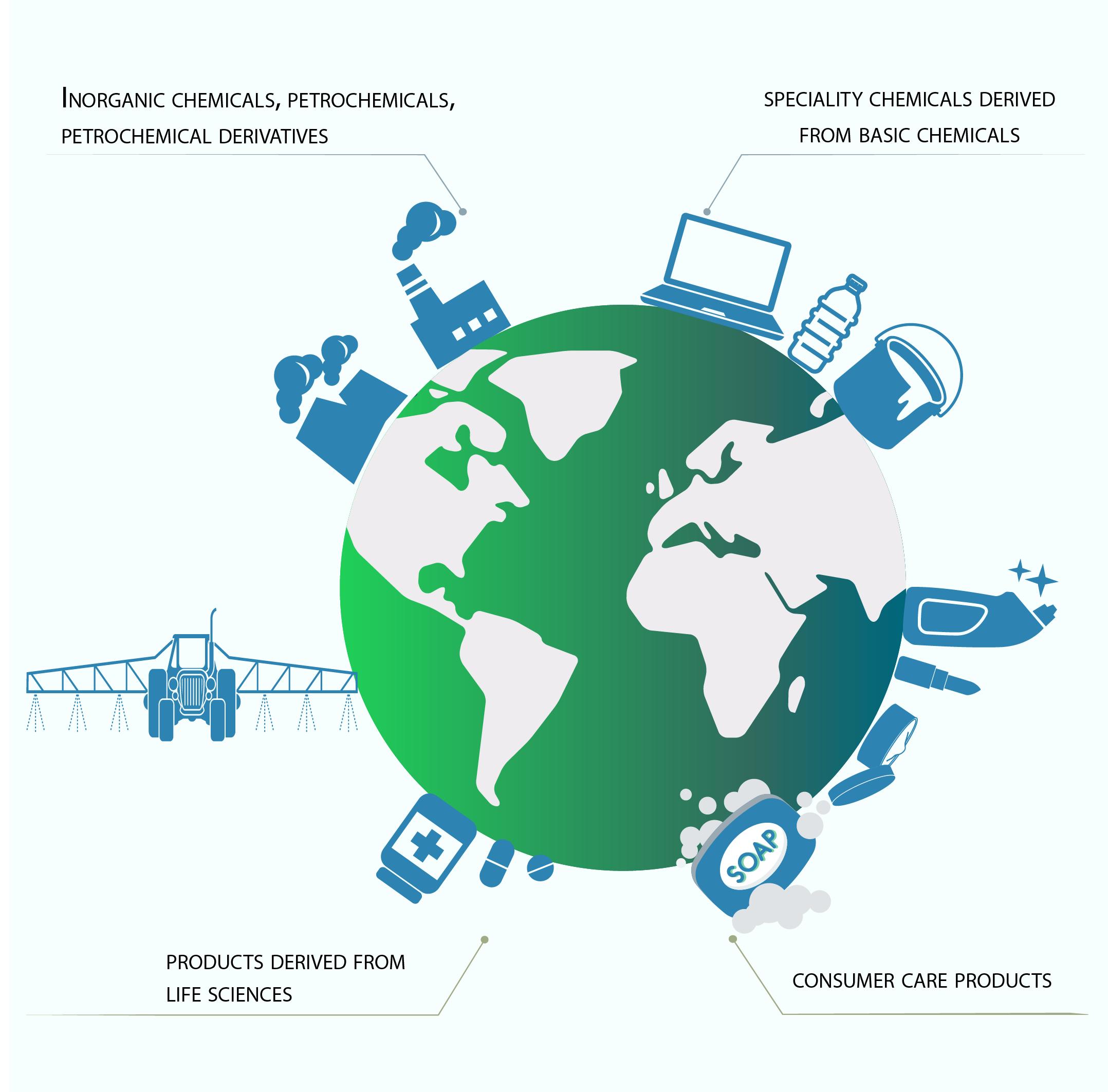
The OECD definition of polymer was established in the early 1990s and has been used to inform chemical legislation around the world.
“POLYMER” means a substance consisting of molecules characterised by the sequence of one or more types of monomer units and comprising a simple weight majority of molecules containing at least three monomer units which are covalently bound to at least one other monomer unit or other reactant and consists of less than a simple weight majority of molecules of the same molecular weight. Such molecules must be distributed over a range of molecular weights wherein differences in the molecular weight are primarily attributable to differences in the number of monomer units.
Monomer unit: means the reacted form of a monomer in a polymer.
Sequence: means that the monomer units under consideration are covalently bound to one another and form a continuous string within the molecule, uninterrupted by units other than monomer units.
Monomer: means a molecule which is capable of forming covalent bonds with two or more like or unlike molecules under the conditions of the relevant polymer-forming reaction used for the particular process.
Other reactant: means a molecule linked to one or more sequences of monomer units but which, under the relevant reaction conditions used for the particular process, cannot become a repeating unit in the polymer structure.
Between 1993 and 2007, criteria for decision-making regarding low concern for polymers were discussed at the OECD. While final criteria were not agreed, building on these discussions, several countries implemented criteria for reduced regulatory requirements for polymers that depended on the nature of their regulatory systems.
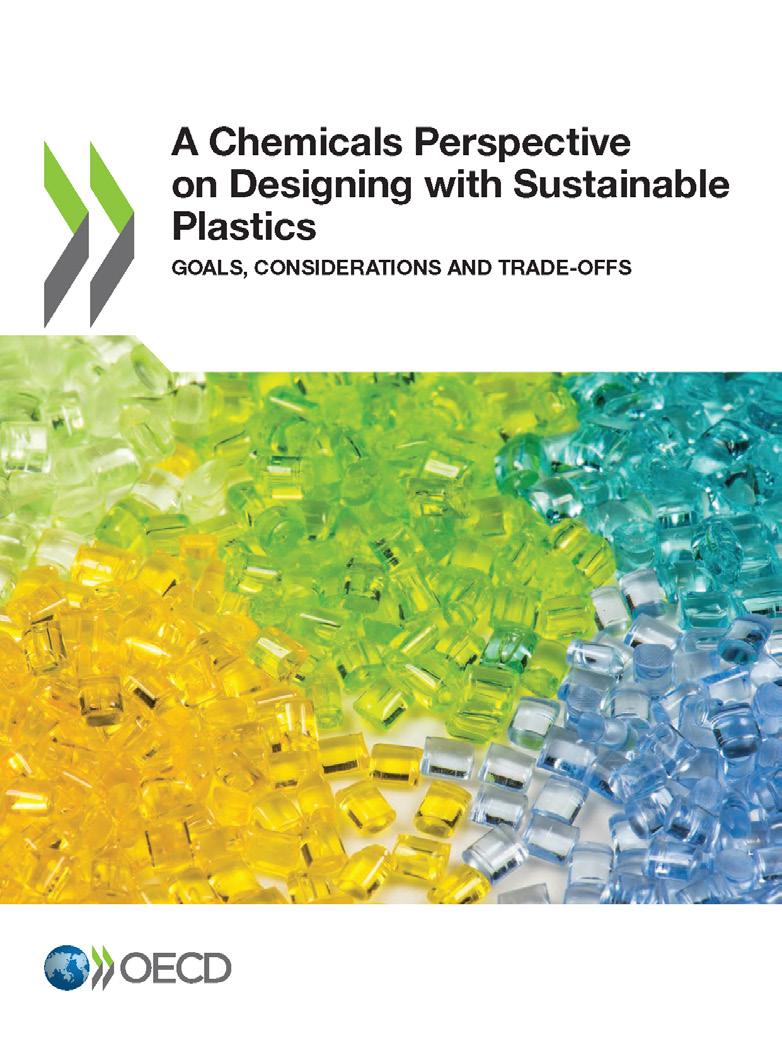
Taking a proactive sustainable chemistry approach supports risk management of chemicals, materials and products from their conception and enhances life cycle thinking.
The report A Chemicals Perspective on Designing with Sustainable Plastics: Goals, Considerations and Trade-offs seeks to enable the creation of inherently sustainable plastic products by integrating sustainable chemistry thinking in the design process. By applying a chemicals lens during the plastic material selection process, designers and engineers can make informed decisions to incorporate sustainable plastic during the conceptualisation phase of their products. The report provides an integrated approach to sustainable plastic selection from a chemicals perspective, and identifies a set of generalisable sustainable design goals, life cycle considerations and tradeoffs.
Find Associated Case Studies:
• Biscuit wrappers; detergent bottles; flooring; insulation
• Report on flexible food grade plastic packaging
The field of alternatives assessment and substitution and its tools and frameworks can be leveraged to inform selection of safer and more sustainable chemical additives in plastics.
OECD publications include topics such as guidance on key considerations for the identification and selection of safer chemical alternatives, cross-country and third-party approaches, and economic instruments to incentivise substitution of chemicals of concern.
The OECD Substitution and Alternatives Assessment Toolbox (SAATOOLBOX) also brings together 100 + tools and case studies.
See the OECD website on substitution
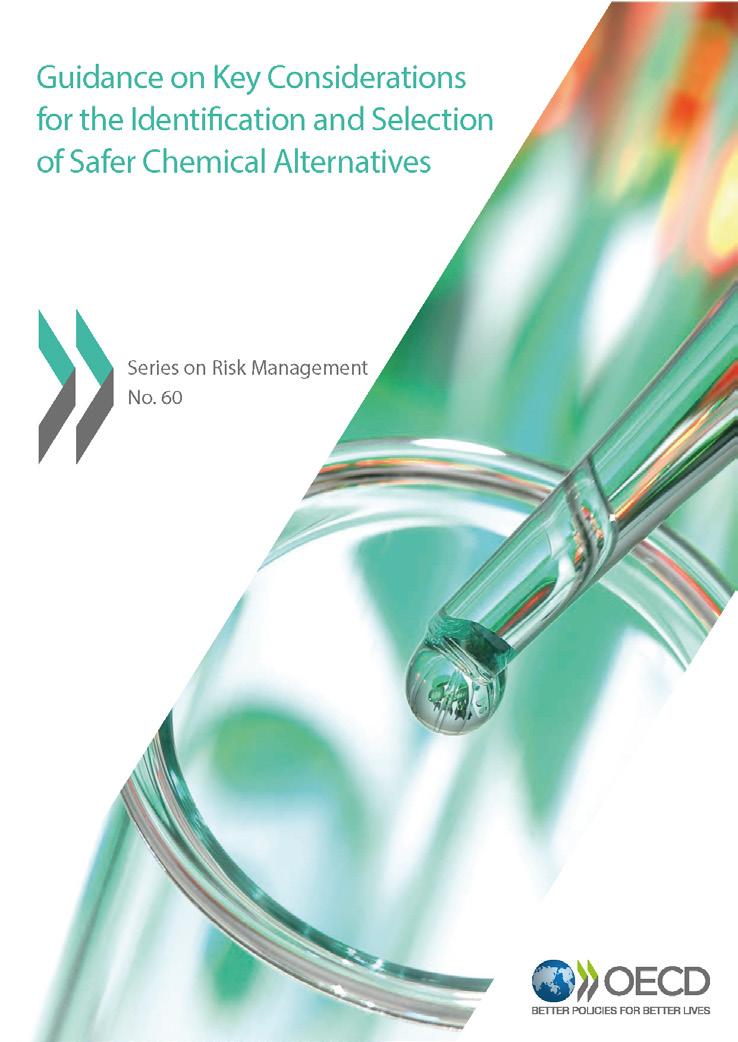

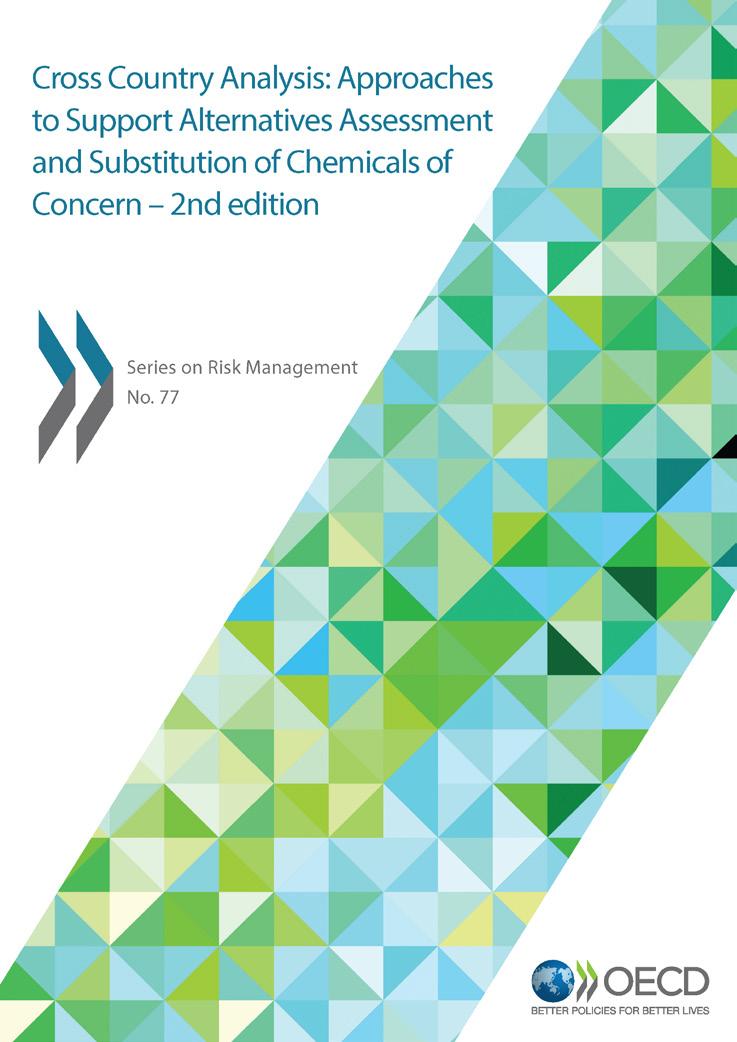

The SSIA approach proposes a systematic and comprehensive approach that considers sustainability aspects hand in hand with safety considerations very early on at the material design stage. It includes the concepts of ‘Safe(r) and Sustainable -by-Design’ concept and Regulatory Preparedness in a trusted environment that can also be considered during innovation of new plastic materials.
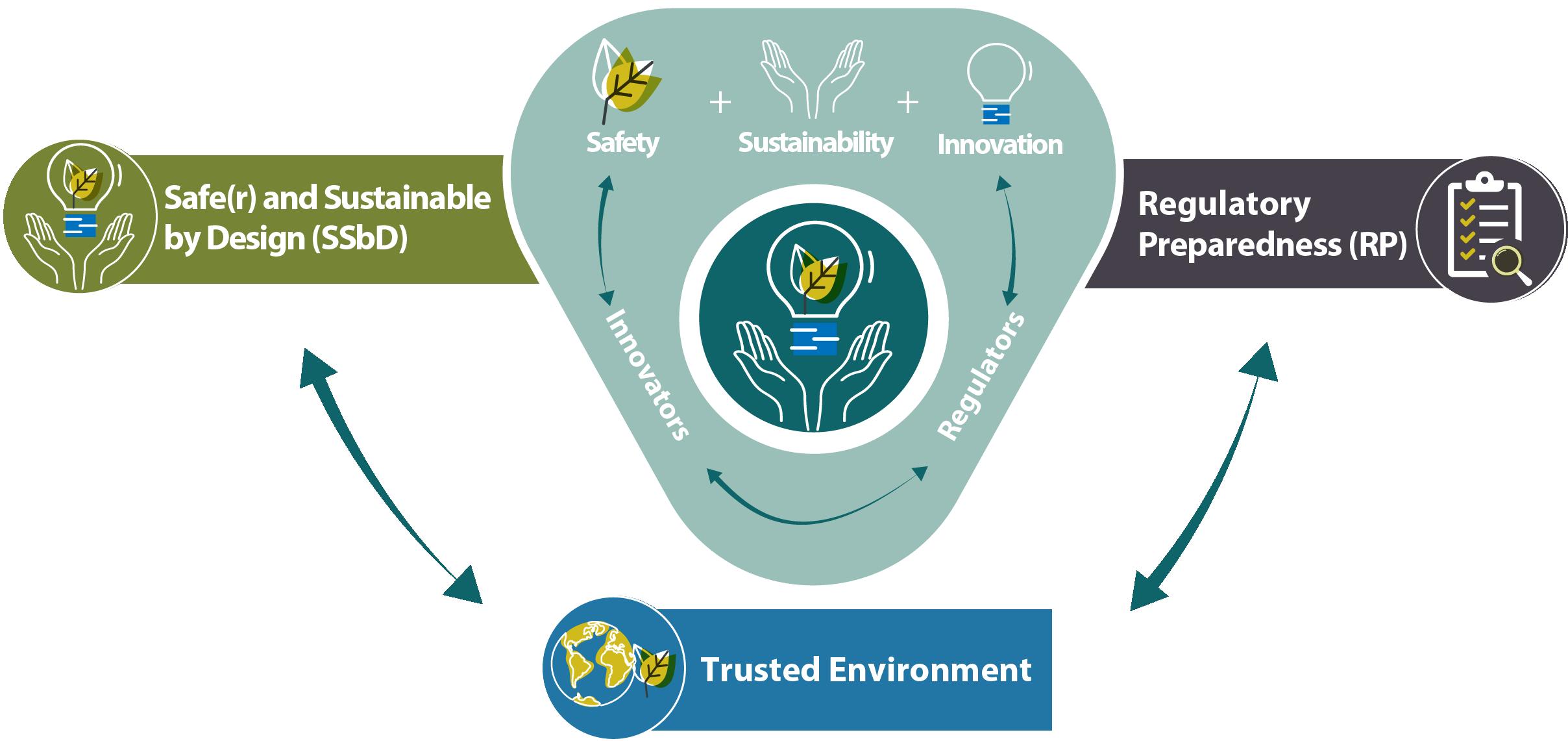
eChemPortal
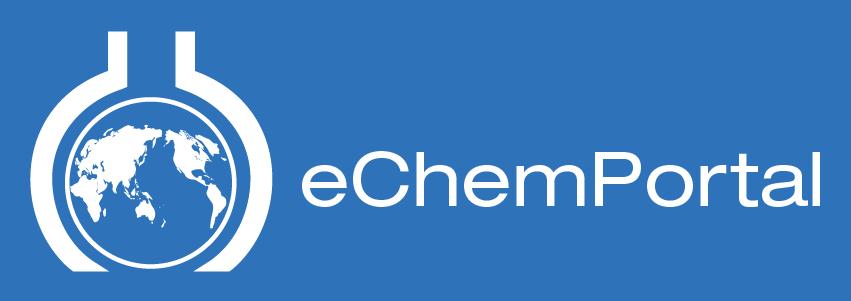
eChemPortal is an Internet gateway to information on the properties, hazards and risks of chemicals found in the environment, homes and workplaces, and in everyday products. This includes the chemicals and polymers that plastics are composed of. Users can simultaneously search data from multiple data sources prepared for government chemical programmes at national, regional, and international levels.
The OECD’s Global Inventory of Pollutant Releases brings you publications and data on Pollutant Release on Transfer Registers (PRTRs) and presents a tool to explore trends in global releases. Some chemical substances covered by PRTR systems are used in the production of plastic.

For decades, the OECD has been developing harmonised guidelines for testing of chemicals in a regulatory context. The Test Guidelines are unique tool for assessing the potential effects of chemicals on human health and the environment. These can be utilised to inform the properties of the chemicals and polymers that make up plastics.
Depending on the questions that need to be addressed the use of these test guidelines can provide information regarding physical/chemical properties, environmental fate (including degradation and bioaccumulation) and effects in biota and humans.
They are split into five sections:
• Section 1: Physical-Chemical properties;
• Section 2: Effects on Biotic Systems;
• Section 3: Environmental fate and behaviour;
• Section 4: Health Effects;
• Section 5: Other Test Guidelines
The Test Guidelines are accepted internationally as standard methods for safety testing and are updated regularly to keep pace with progress in science and countries’ regulatory needs. Some examples with relevance to polymers include, but are not limited to:
• Test No. 118: Determination of the Number-Average Molecular Weight and the Molecular Weight Distribution of Polymers using Gel Permeation Chromatography
• Test No. 119: Determination of the Low Molecular Weight Content of a Polymer Using Gel Permeation Chromatography
• Test No. 120: Solution/Extraction Behaviour of Polymers in Water
• Section 3 on environmental fate and behaviour including tests related to (bio)degradation, dispersion, aggregation and bioaccumulation.
The OECD Test Guidelines in combination with OECD Principles of Good Laboratory Practice (GLP) form the Mutual Acceptance of Data (MAD) framework which ensures the quality of non-clinical safety studies for regulatory purposes and reduces duplication of testing saving governments and industry more than 300 million euros per year.
Savings to governments and industry due to EHS work
In millions
Figure: Savings to governments and industry due to OECD chemicals work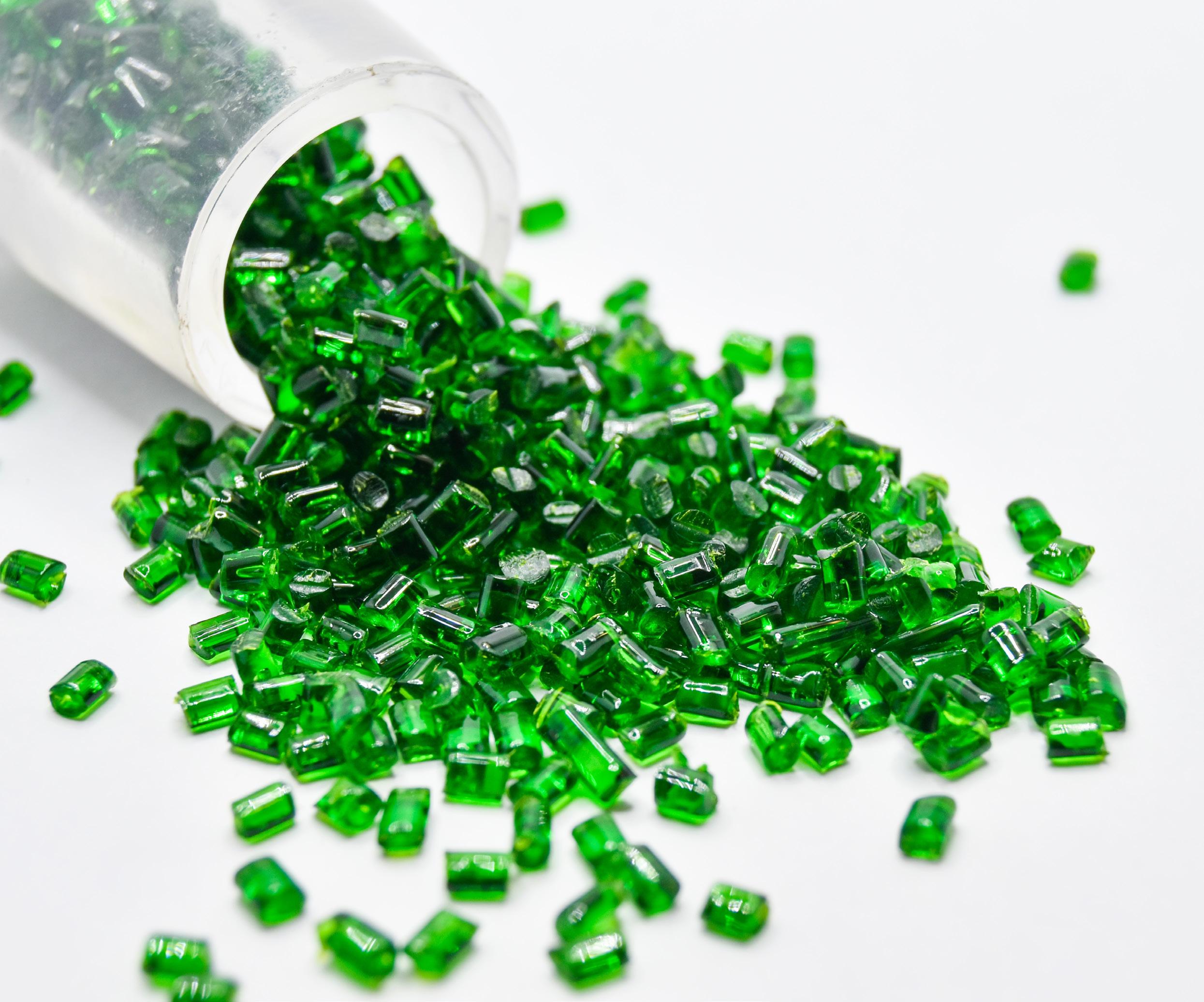

CONTACT INFORMATION
Eeva Leinala
Principal Administrator
Risk Management, Good Laboratory Practice and Mutual Acceptance Data, Chemical Accidents
Environment, Health and Safety Division
OECD Environment Directorate
eeva.leinala@oecd.org
ehs.contact@oecd.org
Images courtesy of shutterstock.com
© OECD April 2024

For more information:
https://www.oecd.org/chemicalsafety/
@OECD_ENV
OECD Environment
http://bit.ly/youtube-chemical-safety